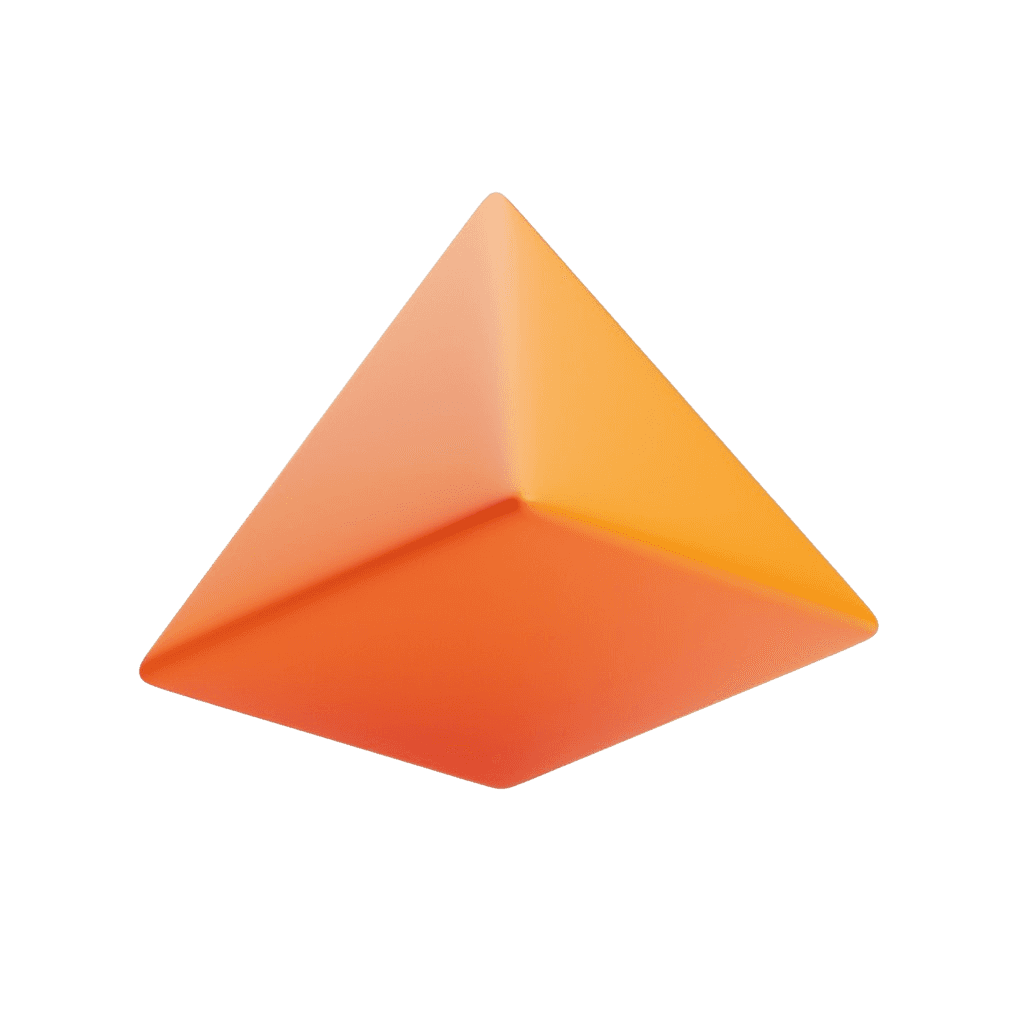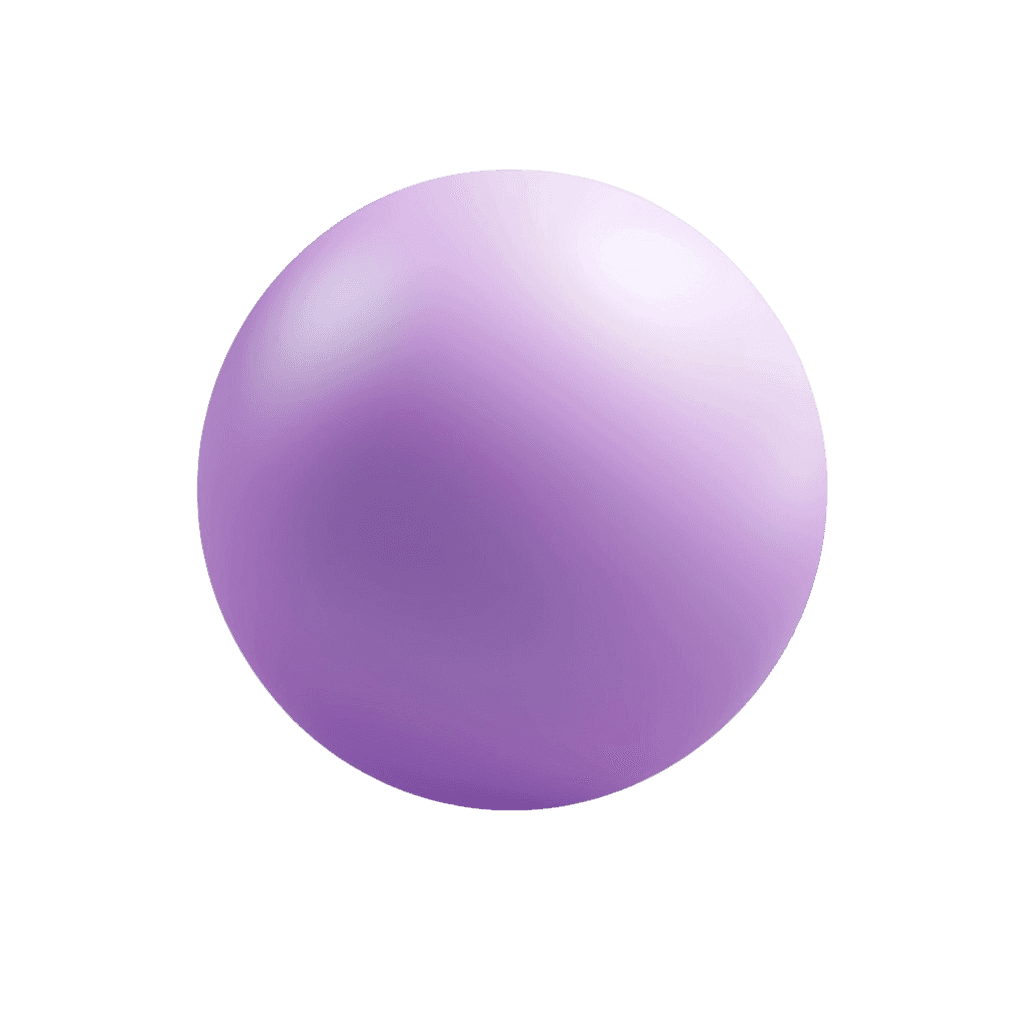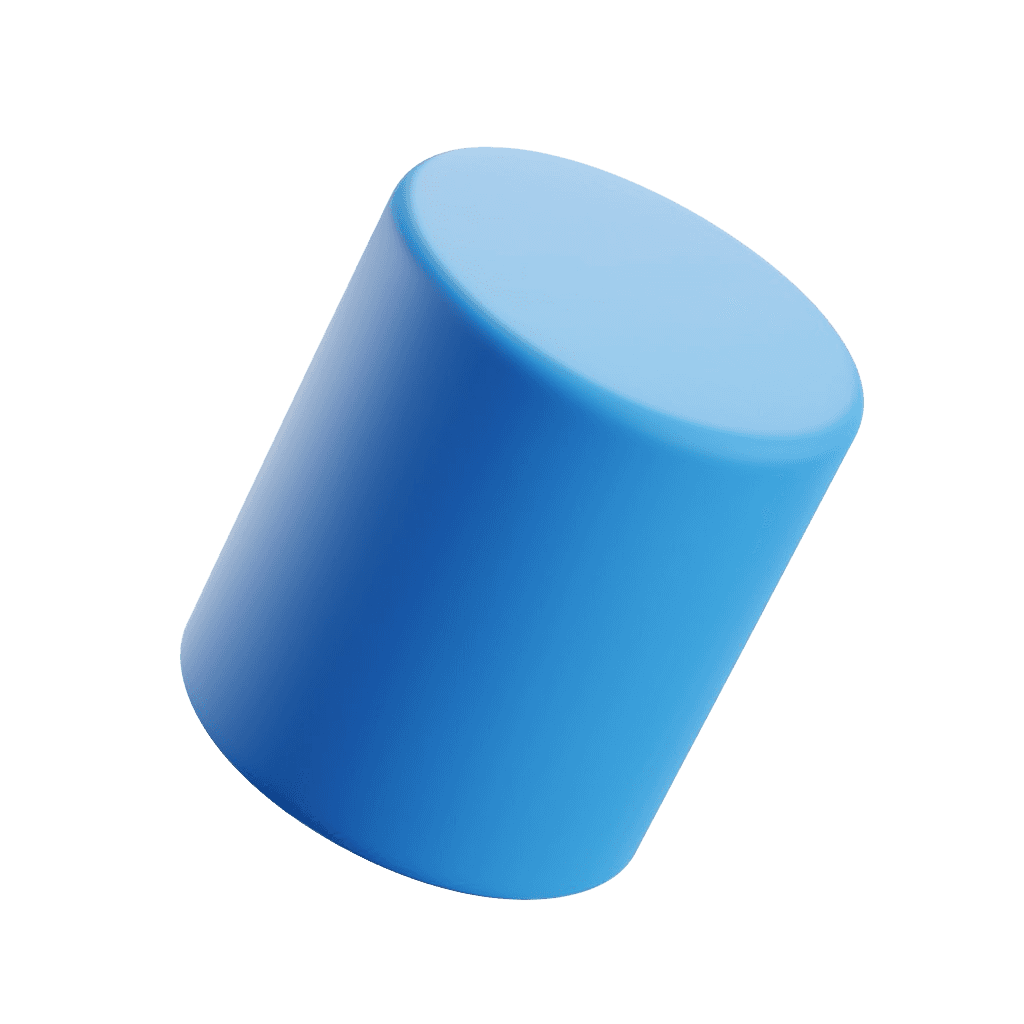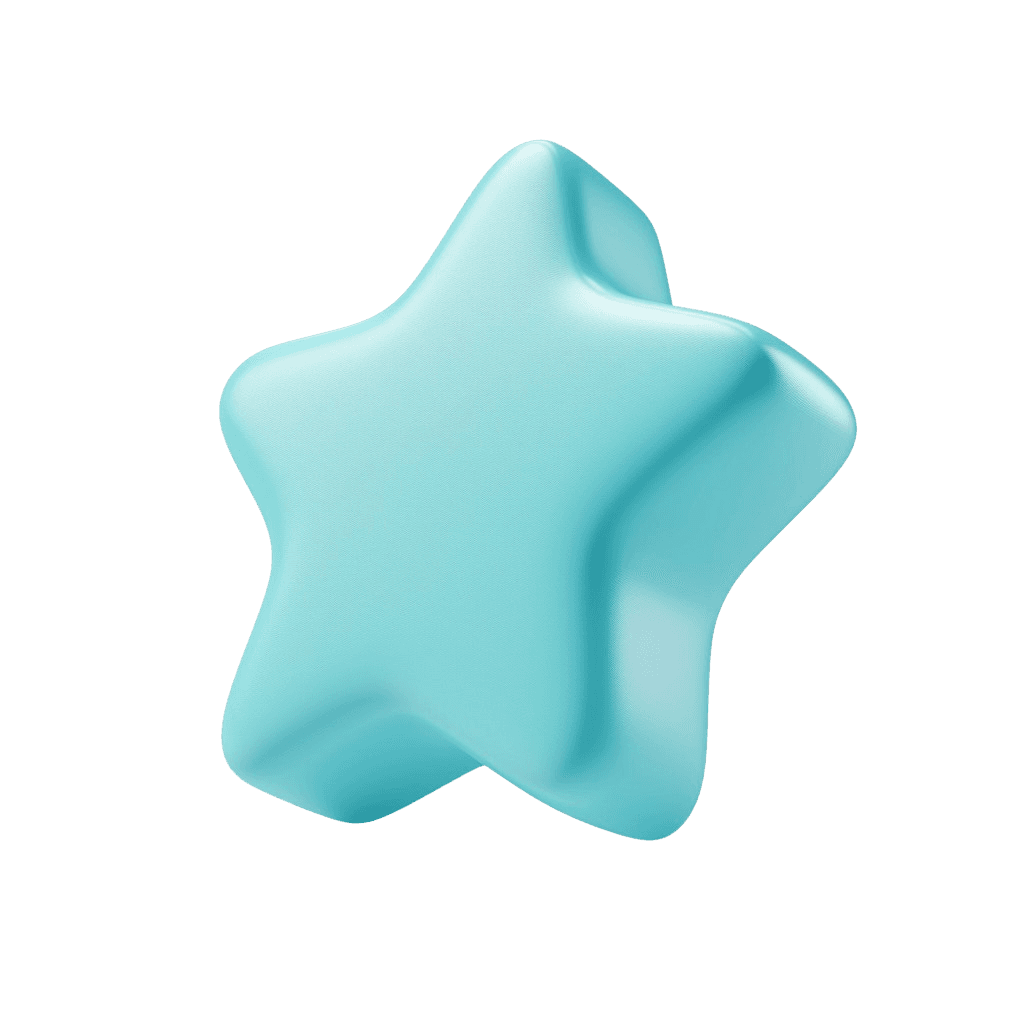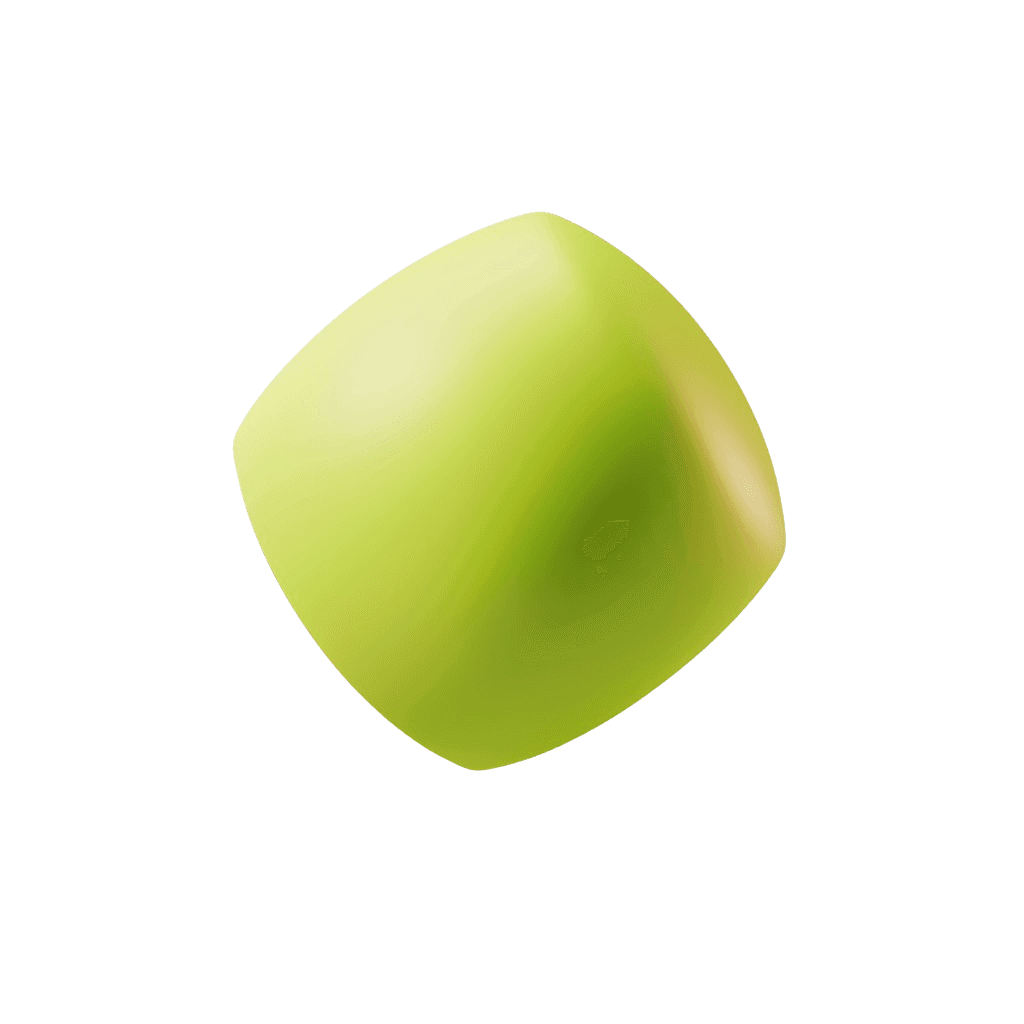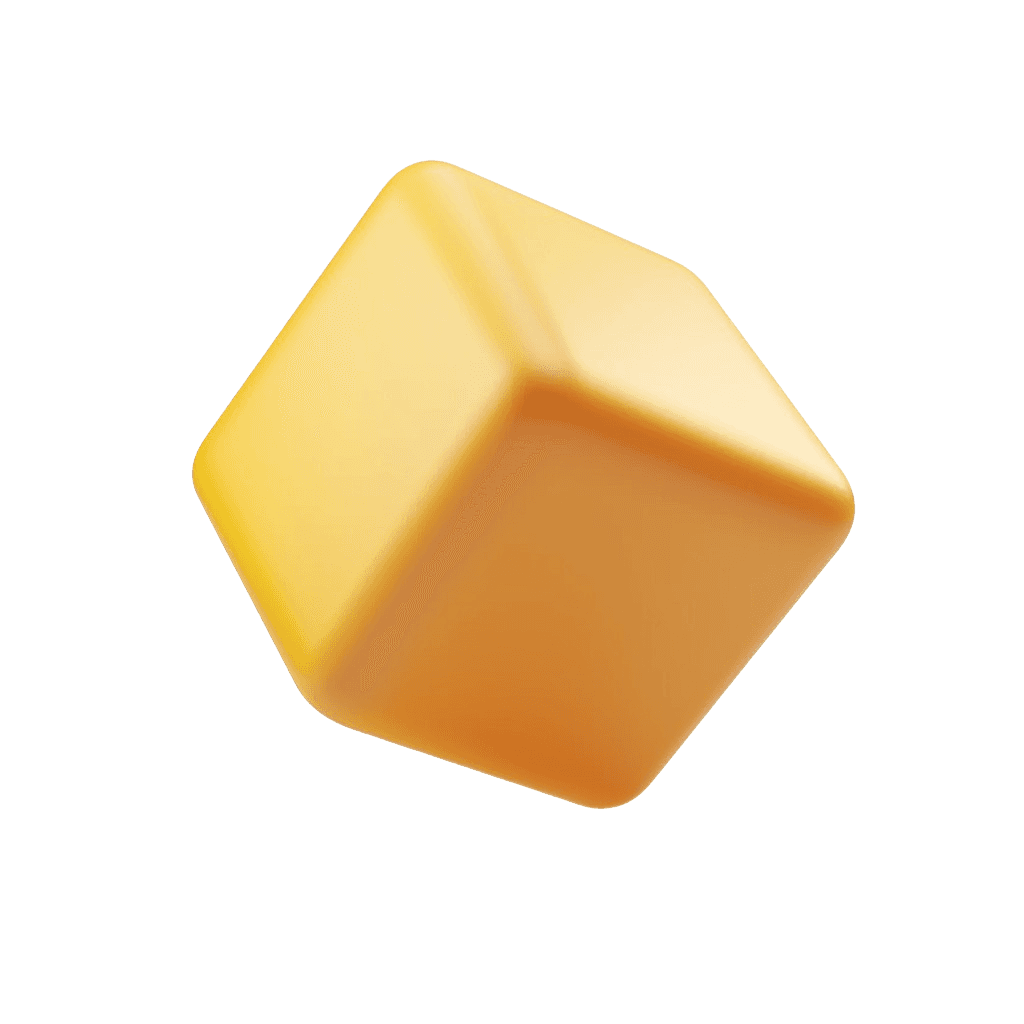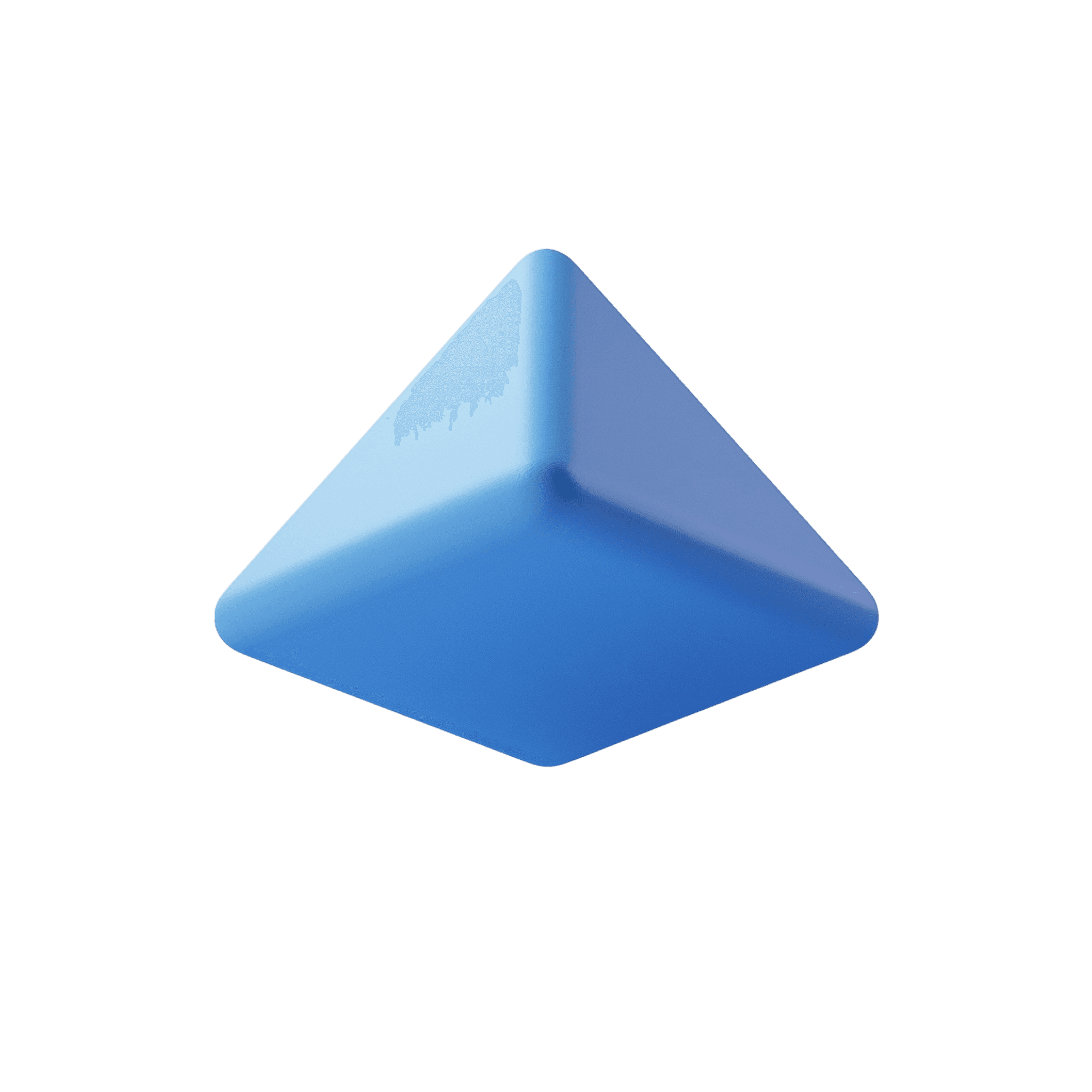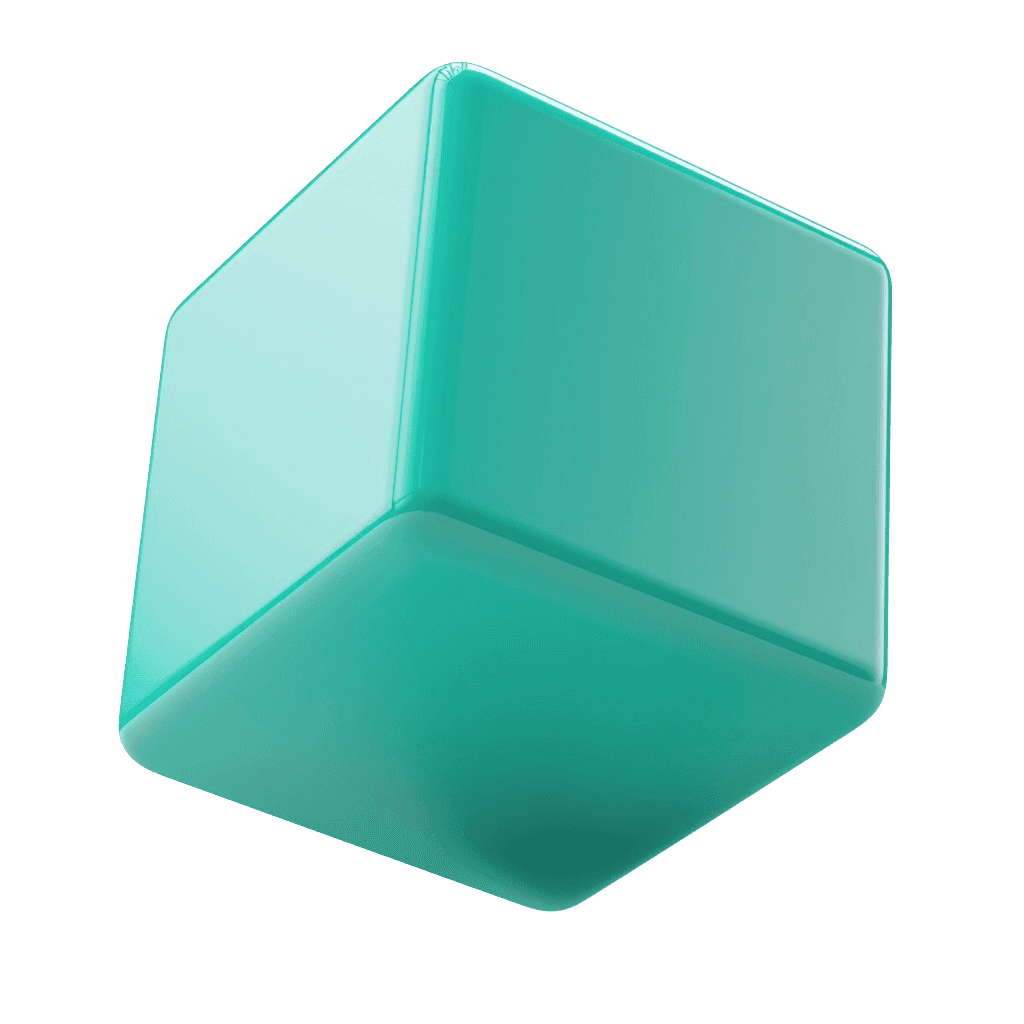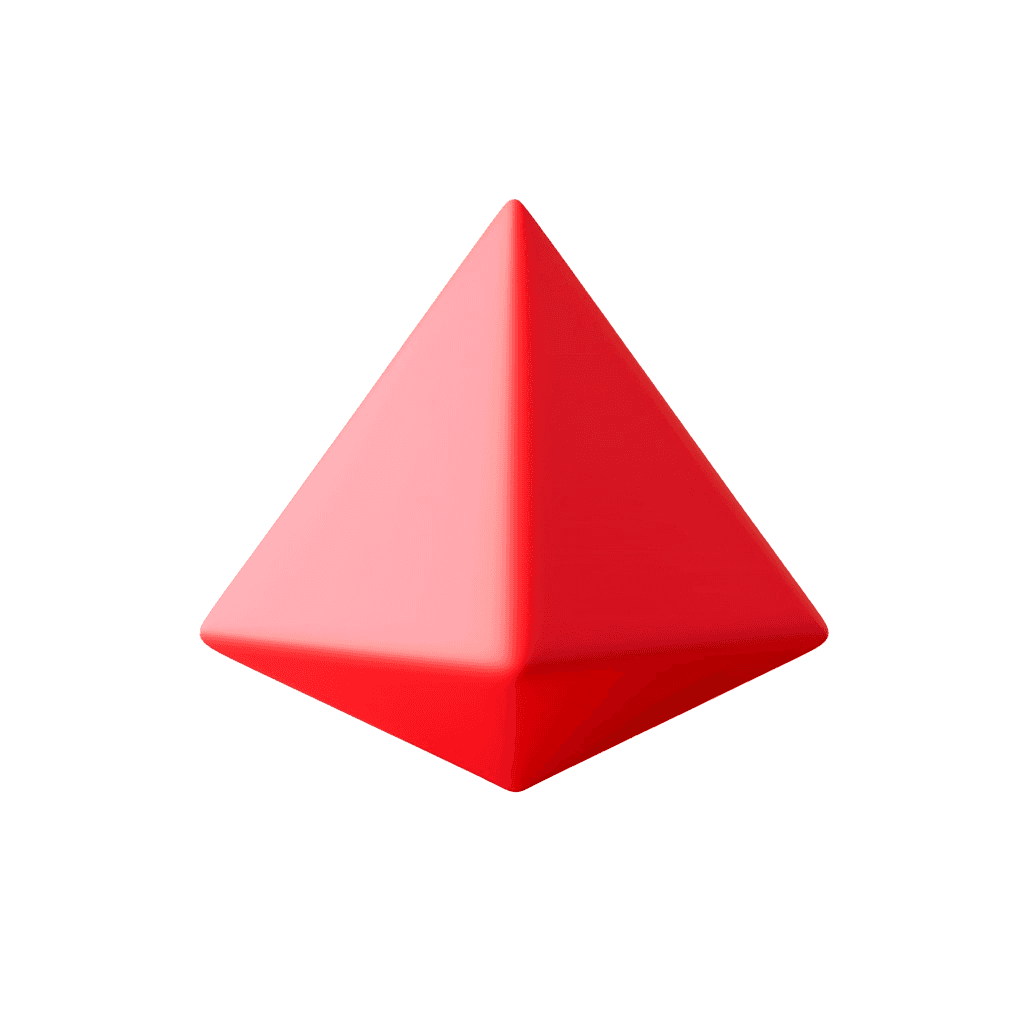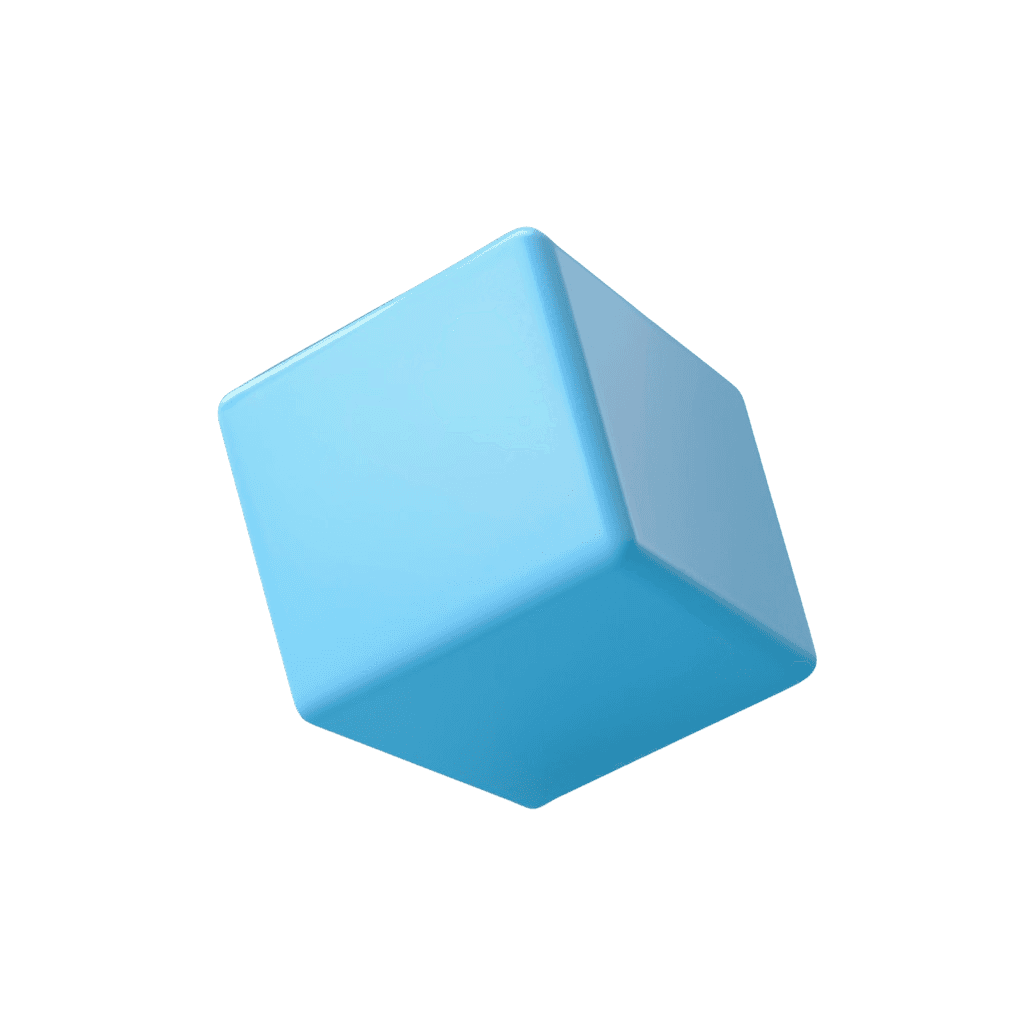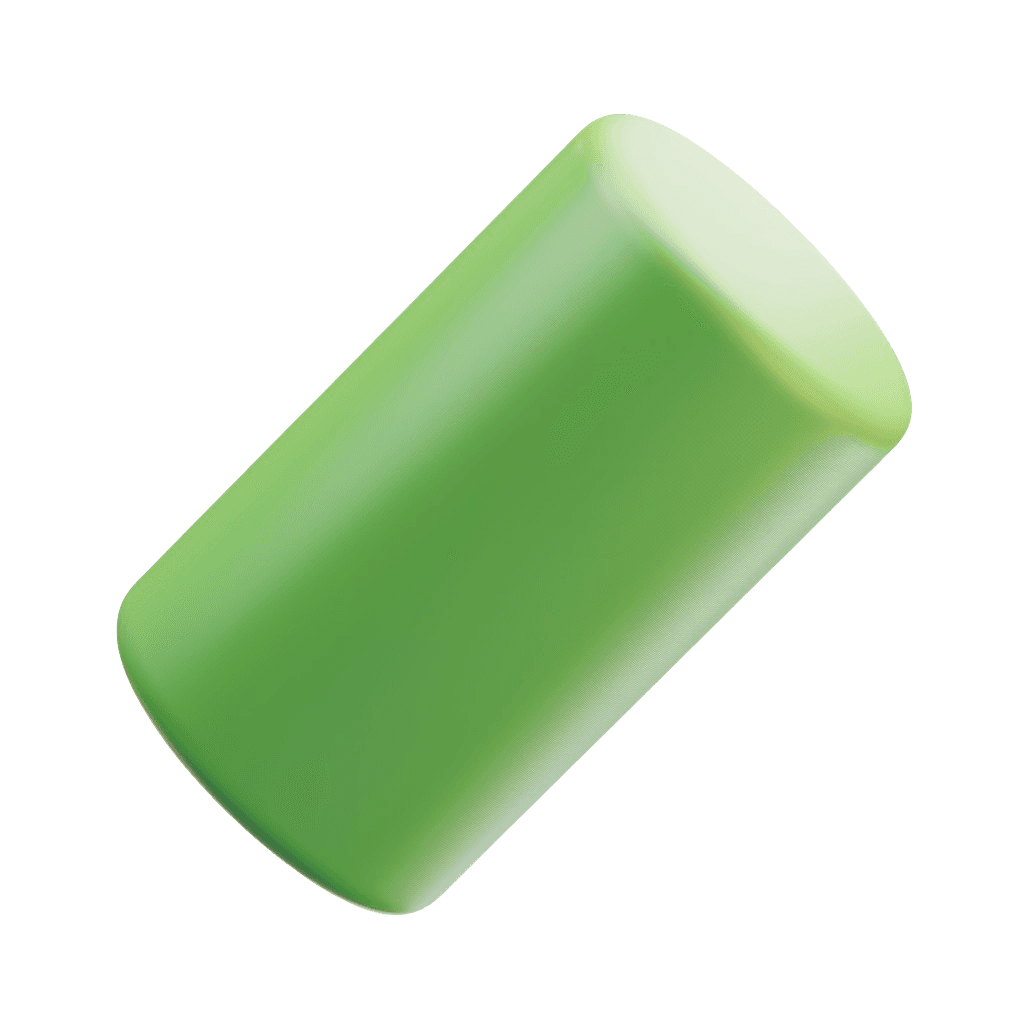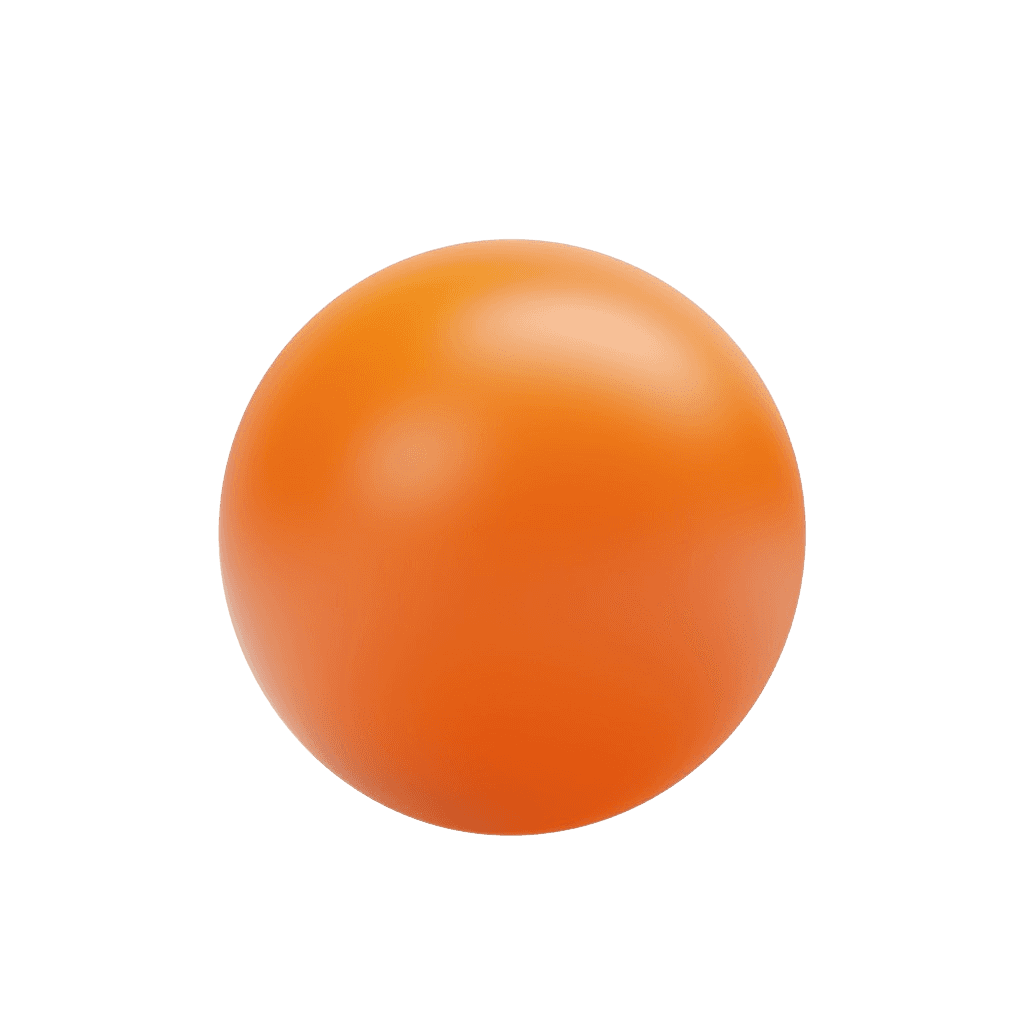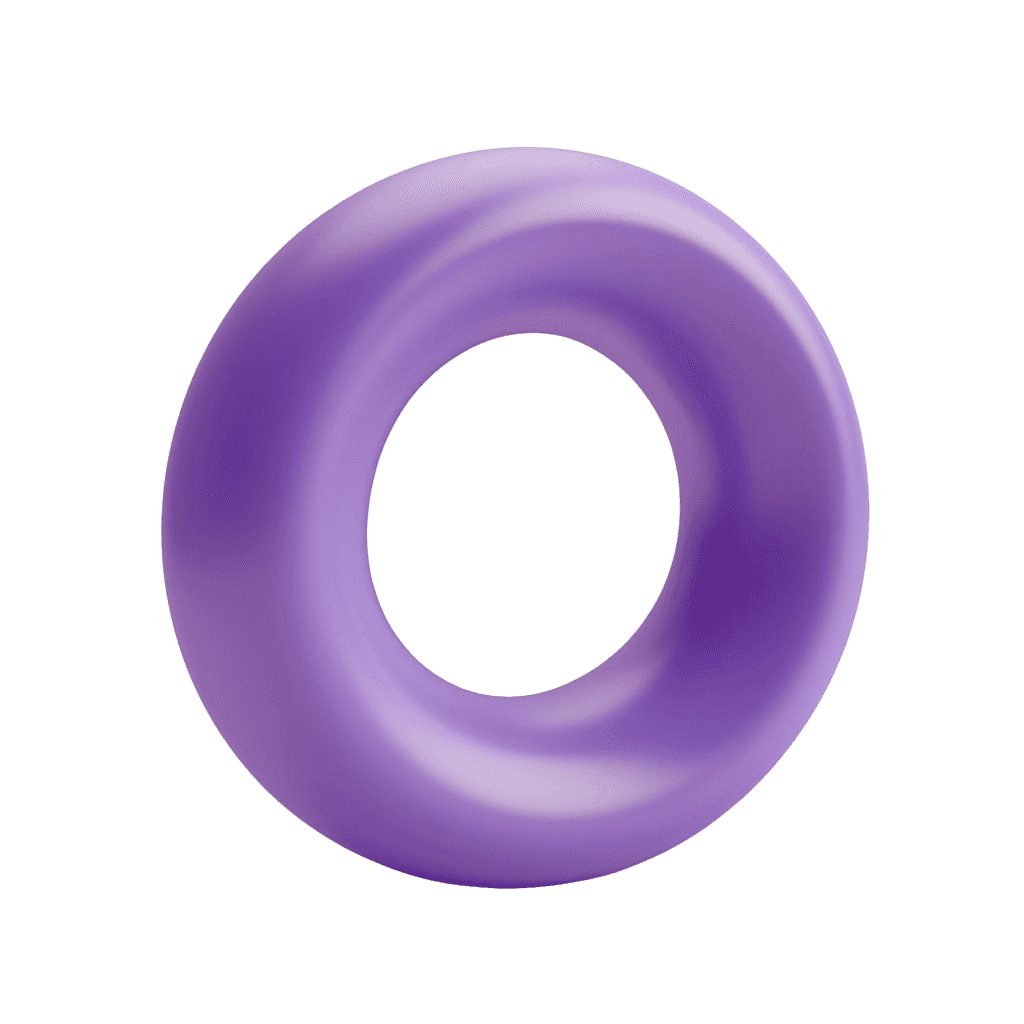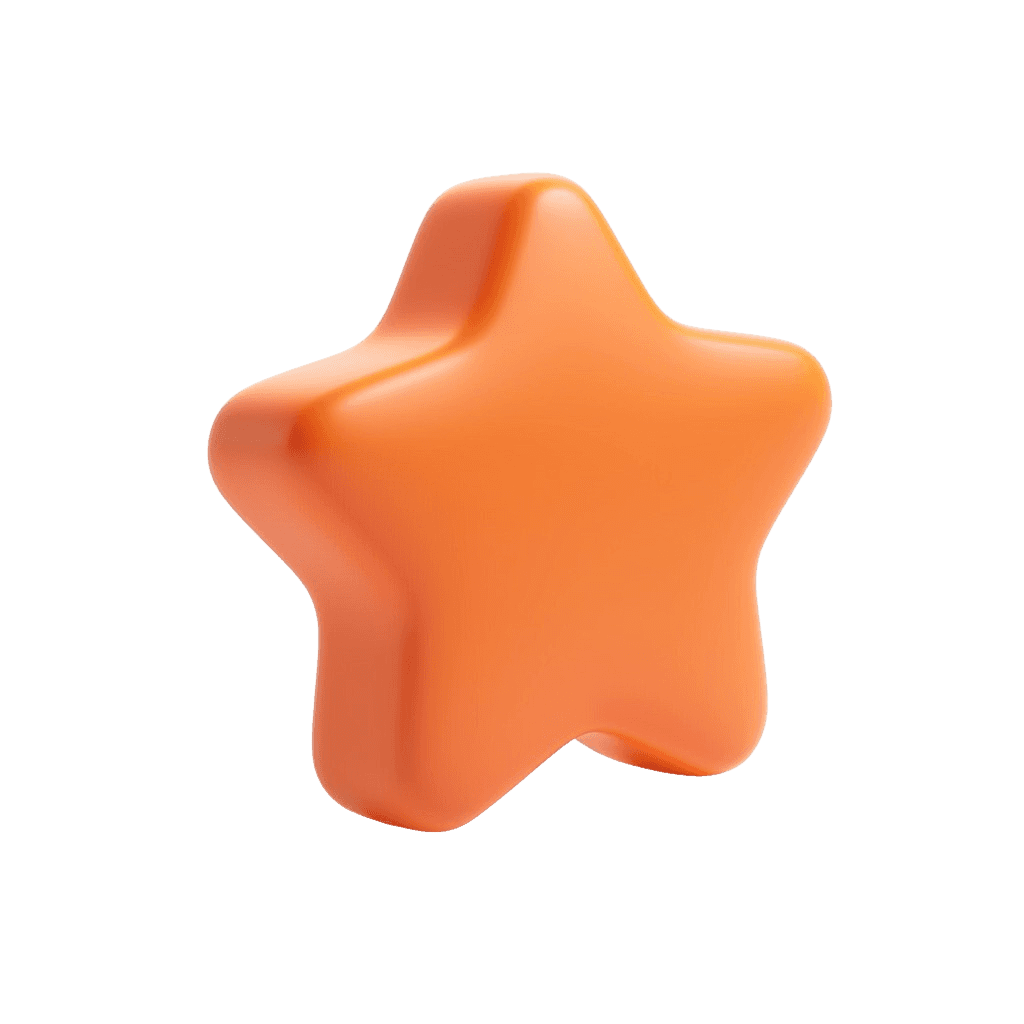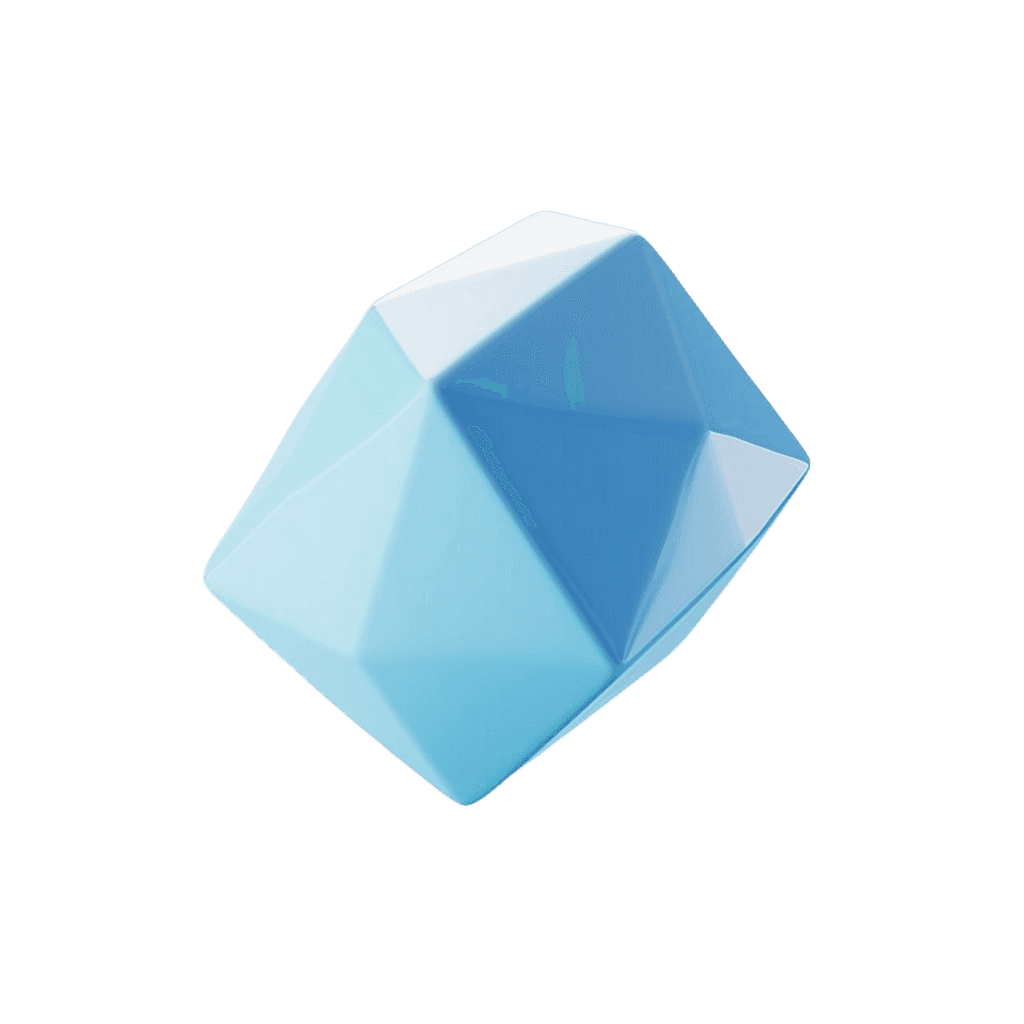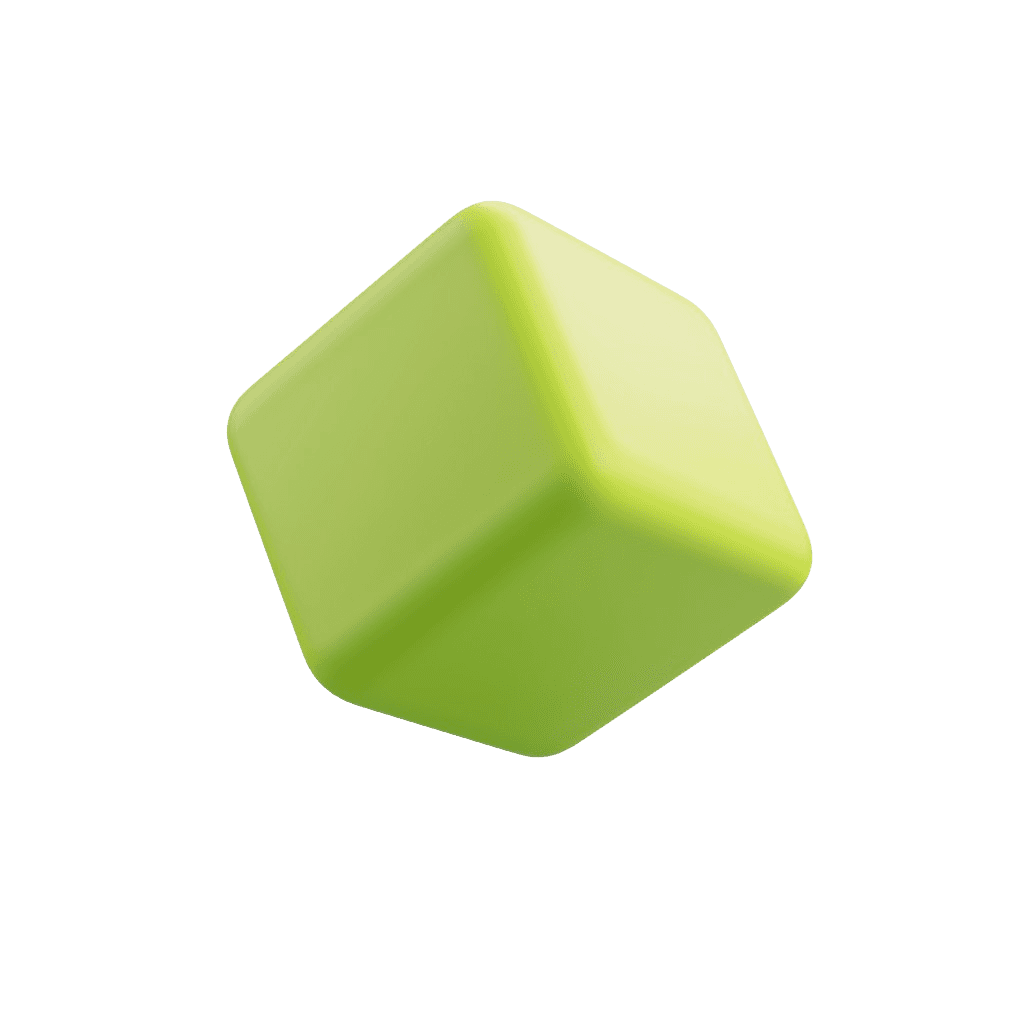Projects
About Me
My Stack
Services
Transform your vision into a reality. This service encompasses crafting beautiful and user-friendly websites that not only captivate visitors but also guide them towards specific actions, whether it's making a purchase, signing up for a newsletter, or contacting you. Our process involves in-depth understanding of your target audience, user experience (UX) design to ensure intuitive navigation and clear calls to action, and front-end development utilizing the latest web technologies to create a visually stunning and functional website.
Landing pages are laser-focused on specific marketing goals. We design high-impact landing pages that grab attention, communicate your value proposition clearly, and seamlessly convert visitors into leads or paying customers. From crafting compelling headlines and captivating visuals to optimizing conversion elements like CTAs (calls to action) and lead capture forms, we ensure your landing page delivers a powerful first impression and drives results.
Your online store should be a seamless shopping experience. We create user-friendly and visually appealing e-commerce websites that not only showcase your products beautifully but also make it easy for customers to browse, find what they're looking for, and complete their purchases effortlessly. We incorporate clear product information, intuitive navigation, secure payment gateways, and a streamlined checkout process to maximize sales conversions.
Don't wait until development begins to see your website come to life. We utilize advanced prototyping tools like Figma &Framer to build interactive prototypes that simulate the final user experience. These prototypes allow you to test user flow, visualize interactions, and gather valuable feedback before any code is written. This iterative process ensures your website is on the right track from the very beginning.
Your website needs to look great and function flawlessly across all devices, from desktop computers to tablets and smartphones. Our responsive design approach ensures your website adapts automatically to different screen sizes, delivering an optimal user experience for all visitors, regardless of their device.
Graphic design is all about using visuals to tell stories and share messages in a way that resonates with people. Whether it’s creating eye-catching ads, memorable logos, or engaging websites, graphic designers blend colors, typography, and images to make ideas come to life. Their work is everywhere—on the products we buy, the apps we use, and the ads we see. By understanding both the art and the science of visual communication, graphic designers help make complex ideas more accessible and create experiences that connect with audiences on a personal level.
Logo design is the process of creating a distinctive and memorable visual symbol that represents a brand or company. A well-designed logo captures the essence of the brand, conveys its values, and makes a lasting impression on its audience. It typically involves a careful selection of shapes, colors, and typography to ensure the logo is both visually appealing and functional across various media. The goal is to create a design that is simple yet impactful, easily recognizable, and versatile enough to work in different contexts, from business cards to billboards.
Print design involves creating visual content for physical media such as brochures, posters, business cards, and packaging. It focuses on translating digital concepts into tangible products, paying close attention to elements like layout, color, and typography to ensure clarity and impact in a printed format. Print designers work with various techniques and materials to achieve high-quality results, considering factors like paper type, ink choices, and print processes. The aim is to create visually engaging and effective designs that capture attention and communicate messages clearly in a physical space.
UX research involves studying users’ needs and behaviors through methods like interviews and testing to guide design decisions. It helps create user-centered products by identifying pain points and preferences, leading to better usability and satisfaction..
